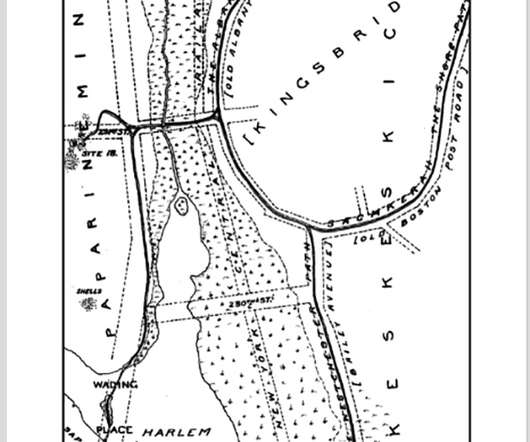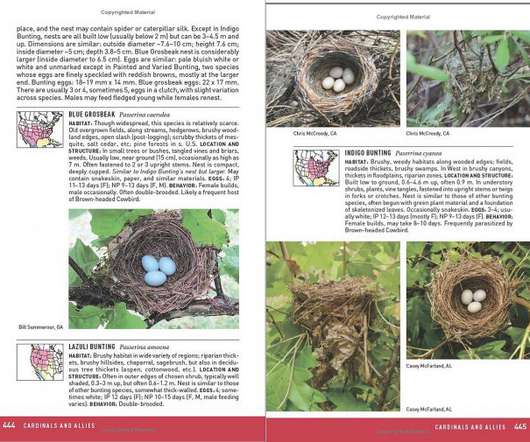Britain’s Birds: An Identification Guide to the Birds of Britain and Ireland–A Book Review
10,000 Birds
OCTOBER 4, 2016
My librarian self is partial to a more strict taxonomic organization, but with no hope that the constant shifting of families will end in the near future, this type of sequence is making more and more sense. WildGuides, Princeton University Press, summer 2016. by Rob Hume, Robert Still, Andy Swash, Hugh Harrop & David Tipling.











Let's personalize your content